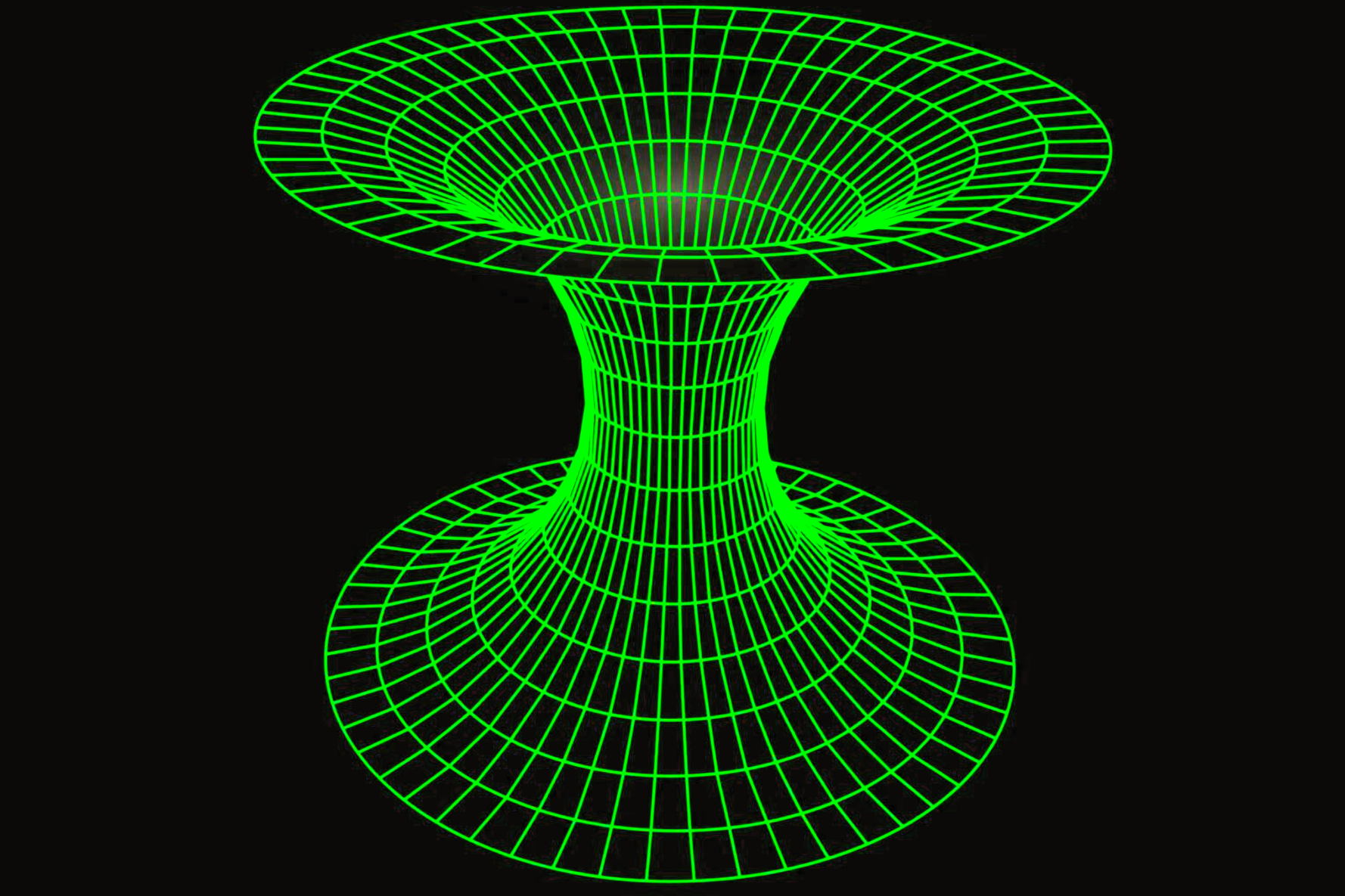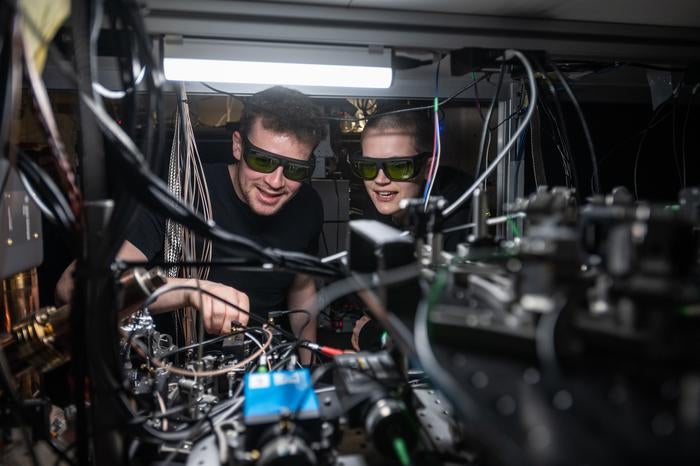1/12
@ai_for_success
SurgicalAR Vision is insane - straight out of the future!
7 wild examples
https://video.twimg.com/ext_tw_video/1807785636113297410/pu/vid/avc1/1280x720/27tnUtL_lexy_BfU.mp4
2/12
@ai_for_success
Multiple imaging data types, and all at once
https://video.twimg.com/ext_tw_video/1846207421770833920/pu/vid/avc1/1280x720/BUngvQWftr9i3XGE.mp4
3/12
@ai_for_success
Surgeons can see the 'surgical view' during STA-MCA
https://video.twimg.com/ext_tw_video/1707368008086130688/pu/vid/avc1/1280x720/nEn0K7tJzC_hav9o.mp4
4/12
@ai_for_success
Transforms complex 2D imaging, like MRI and CT scans, into 3D holographic visualizations that can be superimposed onto the patient's body in real-time
https://video.twimg.com/ext_tw_video/1686395583702188032/pu/vid/1280x720/vMOy-6jR7s6rCcDP.mp4
5/12
@ai_for_success
View and interact with anatomy in an immersive 3D environment
https://video.twimg.com/ext_tw_video/1683804318086856704/pu/vid/1280x720/6-WugKJWwuvZjjVv.mp4
6/12
@ai_for_success
Manipulate your medical imaging data.
https://video.twimg.com/ext_tw_video/1671889558227795974/pu/vid/1280x720/fSn7hZKJAgEx1NJl.mp4
7/12
@ai_for_success
https://video.twimg.com/ext_tw_video/1754884831257792512/pu/vid/avc1/1280x720/aD2t4RCWT0HFcXJ9.mp4
8/12
@CodeByPoonam
Medvis is doing amazing innovation in healthcare.
9/12
@ai_for_success
I saw a few videos yesterday and was like damn.. This is so good..
10/12
@rethynkai
This is really a remarkable development, and it can improve the efficiency highly in the medical field.
11/12
@Ayuu2809
Cool stuff!
12/12
@pben4ai
This is just mind-blowing! Very cool!
To post tweets in this format, more info here: https://www.thecoli.com/threads/tips-and-tricks-for-posting-the-coli-megathread.984734/post-52211196
@ai_for_success
SurgicalAR Vision is insane - straight out of the future!
7 wild examples
https://video.twimg.com/ext_tw_video/1807785636113297410/pu/vid/avc1/1280x720/27tnUtL_lexy_BfU.mp4
2/12
@ai_for_success
Multiple imaging data types, and all at once
https://video.twimg.com/ext_tw_video/1846207421770833920/pu/vid/avc1/1280x720/BUngvQWftr9i3XGE.mp4
3/12
@ai_for_success
Surgeons can see the 'surgical view' during STA-MCA
https://video.twimg.com/ext_tw_video/1707368008086130688/pu/vid/avc1/1280x720/nEn0K7tJzC_hav9o.mp4
4/12
@ai_for_success
Transforms complex 2D imaging, like MRI and CT scans, into 3D holographic visualizations that can be superimposed onto the patient's body in real-time
https://video.twimg.com/ext_tw_video/1686395583702188032/pu/vid/1280x720/vMOy-6jR7s6rCcDP.mp4
5/12
@ai_for_success
View and interact with anatomy in an immersive 3D environment
https://video.twimg.com/ext_tw_video/1683804318086856704/pu/vid/1280x720/6-WugKJWwuvZjjVv.mp4
6/12
@ai_for_success
Manipulate your medical imaging data.
https://video.twimg.com/ext_tw_video/1671889558227795974/pu/vid/1280x720/fSn7hZKJAgEx1NJl.mp4
7/12
@ai_for_success
https://video.twimg.com/ext_tw_video/1754884831257792512/pu/vid/avc1/1280x720/aD2t4RCWT0HFcXJ9.mp4
8/12
@CodeByPoonam
Medvis is doing amazing innovation in healthcare.
9/12
@ai_for_success
I saw a few videos yesterday and was like damn.. This is so good..
10/12
@rethynkai
This is really a remarkable development, and it can improve the efficiency highly in the medical field.
11/12
@Ayuu2809
Cool stuff!
12/12
@pben4ai
This is just mind-blowing! Very cool!
To post tweets in this format, more info here: https://www.thecoli.com/threads/tips-and-tricks-for-posting-the-coli-megathread.984734/post-52211196
 No.
No. 







